Are you managing an Omega-3 deficiency or just looking to boost your brain function, protect yourself against heart disease, and reduce inflammation? Although not a secret, the solution lies in a nutrient that your human body cannot really produce on its own- omega-3 fatty acids.
What are Omega-3 fatty acids?

Here’s a tiny bit of easy science for you to understand how the body truly consumes and uses these omega-3 fatty acids. (Don’t run away- this is basically your key to ensure you take charge of your nutritional needs!) These essential fats come in three primary forms- ALA (alpha-linolenic acid), found in plant-based omega-3 sources; EPA (eicosapentaenoic acid), and DHA (docosahexaenoic acid), both primarily found in animal sources like fish oil. In order to properly utilise the nutrients, your body converts ALA from plant-based omega-3 into EPA and DHA which become available for the body to absorb. Having said that, our bodies manage to successfully convert only a small part of ALA, making omega-3 fish oil or algal oil supplements worth considering for your consumption.
Omega 3 fatty acids benefits

Adequate consumption of omega-3 fatty acids can provide numerous benefits, such as reducing inflammation, lowering the risk of chronic heart diseases and arthritis, improving mental health, and supporting fetal development during pregnancy. If that isn’t reason enough to consume omega-3-rich foods, here’s more: Omega-3-enriched foods have also been shown to improve skin and hair health. So it’s time to take a look at your meal plan and check if you’re including the required Omega-3 foods or supplements in your diet. Read on, and learn how to effortlessly incorporate omega-3 rich foods in your meals.
Omega-3 rich foods you must start eating
Now that you know the benefits of consuming omega-3 fatty acids, let’s look at your options. And don’t worry, there are plenty!
1. Fatty fish

The most popular foods high in omega-3 are fatty fish such as salmon, mackerel, sardines, and trout. Being animal sources, these fish have some of the highest EPA and DHA contents. Regular consumption of these fish can significantly boost your omega-3 levels, promoting cardiovascular and brain health.
2. Eggs enriched with Omega-3

These eggs come from chickens fed a diet high in omega-3-rich foods, providing a convenient source of these essential fats in a familiar form. Brands and poultry farms selling omega-3-enriched eggs can be found online and also in your nearby supermarkets.
3. Seeds
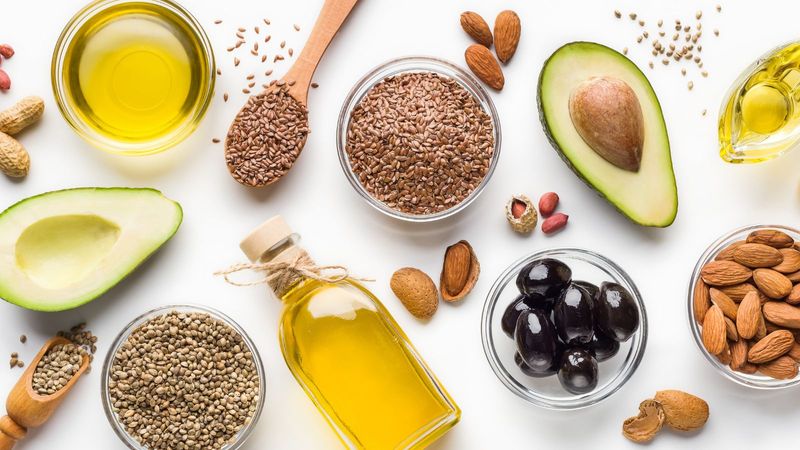
An excellent plant-based omega-3 food, flaxseeds contain ALA and are ideal for enhancing smoothies, oatmeal, or baked goods. Halim (also known as Aliv regionally) or garden cress, is a versatile seed that’s also the best omega-3 source for pregnant women. Eaten as laddoos in various Indian states, especially in the winter, Halim seeds are low-cost and make for delicious omega-3-rich snacks. Chia seeds, packed with omega-3s, are versatile enough for puddings, smoothies, and vegan egg substitutes. Similarly, basil seeds provide a good dose of ALA and can be added to various dishes. Hemp seeds, offering a balanced mix of omega-3 fatty acids along with omega-6, are perfect for boosting the nutritional value of smoothies and salads.
4. Nuts
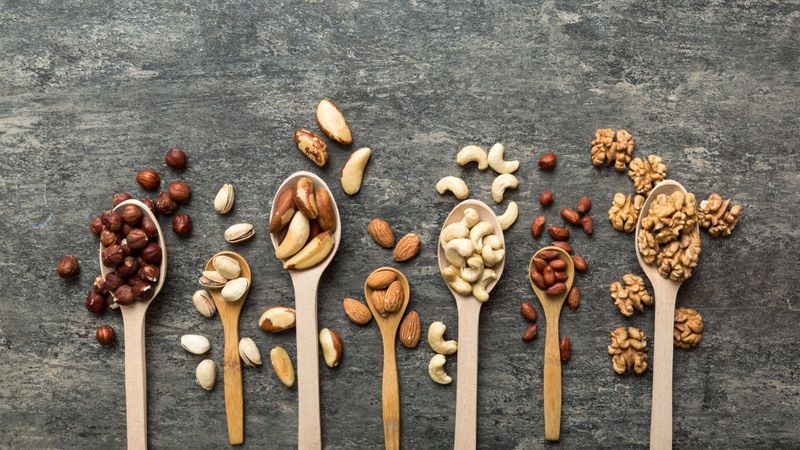
No, a spoonful of that choco-hazelnut spread does not qualify among the foods high in omega-3. Jokes apart, the nuts you should be eating for omega-3 fatty acids are walnuts. They make for a great snack or can be added to baked goods and salads. Although not as rich in omega-3 as walnuts, peanuts still contribute to your overall intake of these beneficial fats- so if you’re someone who chucks peanuts out of their plate, you should certainly reconsider! More importantly, remember to eat unsalted nuts if you are truly focusing on their health benefits.
5. Green leafy vegetables
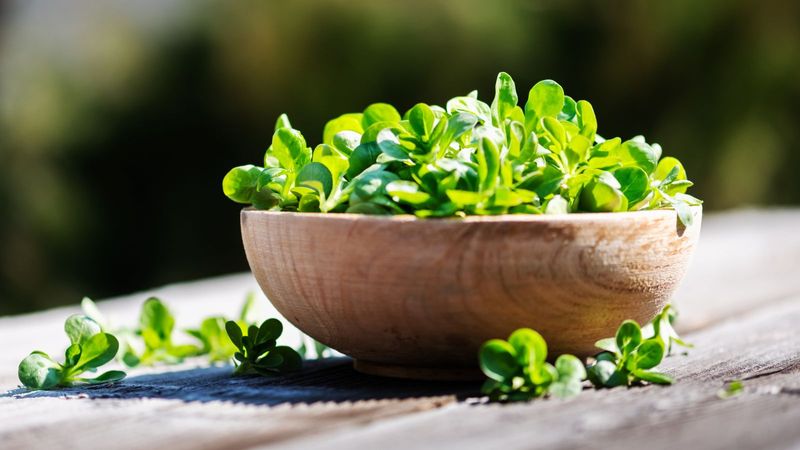
Surprising right? Not really. We’ve been told to eat our greens since childhood, and for good reason. Spinach, or Palak, is a good plant-based omega-3 source and can make it to your plate in various forms- parathas, curries, stir-fries, soups- you name it! Kale is another one of the nutrient-dense omega-3 foods and comes along with a host of other vitamins and minerals.
Purslane, a leafy green known by names like Luni, Kulfa, and Ghol in Indian states, is a wild crop but among lesser-known omega-3 foods. Regarded as the poor man’s spinach, it is a nutritionally rich food high in omega-3 contents. Lastly, known for its peppery flavour, watercress is also a notable source of omega-3 fatty acids.
6. Pearl millet
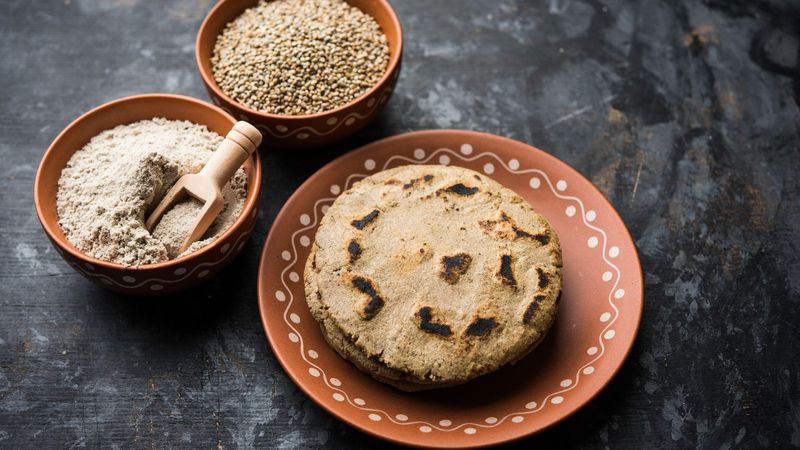
Bajra, or the Pearl Millet, is among India’s most-eaten millets and can be a source of omega-3 fatty acids for those following a plant-based diet. This millet is ground into flour and eaten as rotis (Indian flatbread). Coupled with high fibre content Pearl Millets make an excellent food choice for a healthy gut and heart.
7. Plant oils
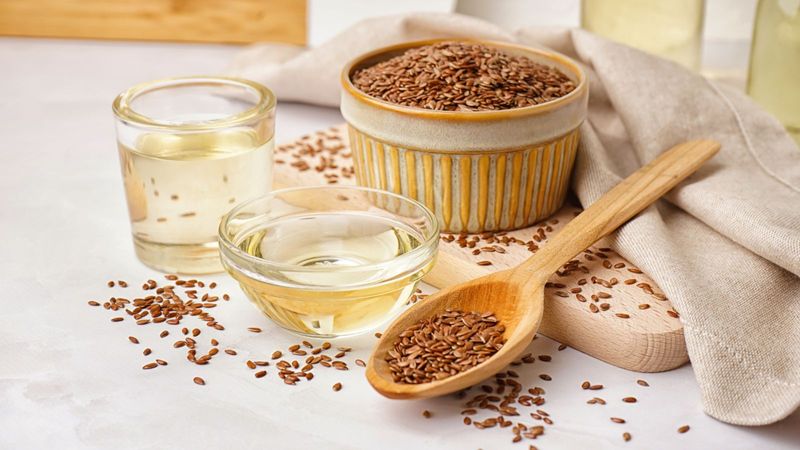
While eating oilseeds may not be commonly practised, you can consider using plant oils to make omega-3-enriched foods. Flaxseed oil is highly concentrated in ALA and can be used in salad dressings or smoothies. With a relatively lower smoke point, flaxseed oil should not be used in high-heat cooking. Another excellent plant-based omega-3 source, hemp oil can be used similarly to flaxseed oil. A more common alternative in terms of cooking oils, canola oil also provides a good balance of omega-3 and omega-6 fatty acids.
8. Shellfish

Oysters are not only rich in DHA omega-3 fatty acids but also in zinc and other vital nutrients. They can be enjoyed raw or cooked in various dishes. While oysters are more of an occasional delicacy and not something most people could have regularly, we hope having this information helps you in making the best omega-3 meal choices, when you have the opportunity.
9. Fish oil supplements

For those who do not consume enough omega-3 fatty acids through diet alone, fish oil supplements are a convenient and surefire way to boost intake. Omega-3 fish oil benefits include concentrated amounts of EPA and DHA, which are more readily absorbed by cells in our body as compared to ALA from plant-based sources. Although these supplements are well tolerated by most people, to get advice on dosage before getting started and avoid side effects, consult with your doctor.
10. Algal oil supplements

If you’re vegetarian or vegan, or simply averse to consuming fish oils for any reason, do not worry. Algal oil, or seaweed oil, extracted from marine algae is the best omega-3 substitute for fish oil. With the same omega-3 fish oil benefits, algae oil is available in the form of supplements and also cooking oil with a neutral odour and high smoke point. Remember, algal oil supplements vary in the amounts and types of omega-3 fatty acids that they contain, hence it’s best to compare labels before buying.


_1719498456905_thumb_1200.jpeg?w=3840&q=75)

